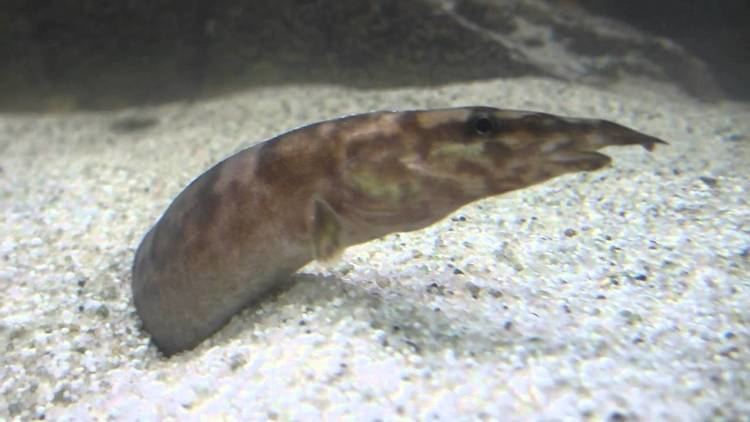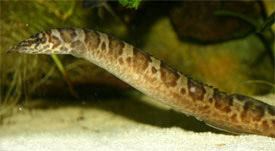Higher classification Mastacembelus | Phylum Chordata Scientific name Mastacembelus ellipsifer Rank Species | |
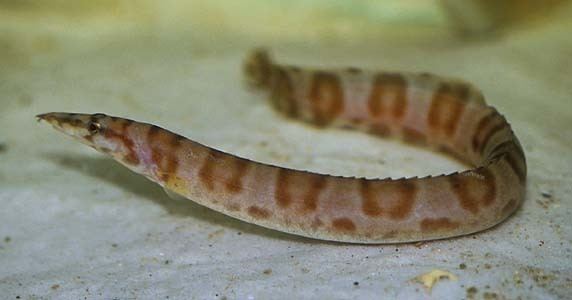 | ||
Similar Mastacembelus, Mastacembelidae, Mastacembelus moorii, Lepidiolamprologus cunningtoni, Bathybates | ||
4k eel bottlefeeding mastacembelus ellipsifer macrognathus aculeatus siamensis
Mastacembelus ellipsifer, the Tanganyikan spiny eel, is a species of spiny eel. It is endemic to Lake Tanganyika and can be kept in captivity.
Contents
- 4k eel bottlefeeding mastacembelus ellipsifer macrognathus aculeatus siamensis
- Description
- Aquarium
- References

Description
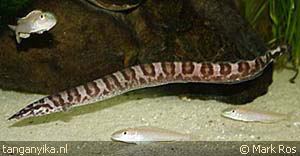
The eel is up to 45 centimeters (18 in) long. The color is brownish-beige with a ring-shaped dark brown pattern. The dorsal fins are hard. The fish is endemic to Lake Tanganyika and can commonly be found along the shores of the lake. It can commonly be found in intermediate zones. The eels prefer coastal waters with a sandy, rock, or a muddy bottom. The species environment is benthopelagic freshwater. The eels eat small fish in the wild. The species is nocturnal. Human uses for this eel are fisheries and aquariums. The eel is listed as Least Concern on the IUCN Red List. It was one of the species that was photographed as part of a FishBase mission which had the primary objective to document and photograph the rich fish diversity of Lake Tanganyika with the help of ichthyologist Dr. Tyson R. Roberts.
Aquarium
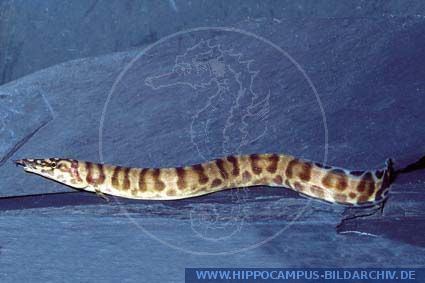
In captivity, they eat small animals such as prawn, cockle, mussel, earthworms, shrimp, and bloodworm. The aquarium needs piles of rocks for sheltered areas. The base of the tank needs to be covered in sand; gravel should not be used because it can damage the eel's skin. If there is light, it should be dim. The temperature of the water needs to be 73–81°F (23–27°C), the pH in the range 8.0–9.5, and the hardness 8–25°H. Breeding has never occurred in tanks. The tank size needs to be 88 US gallons (330 l; 73 imp gal).
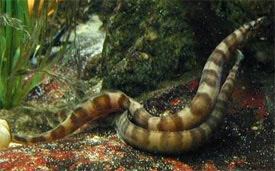
The species might cohabit with other species that are too large for it to eat. However, it can be aggressive to other species and might require more space.
